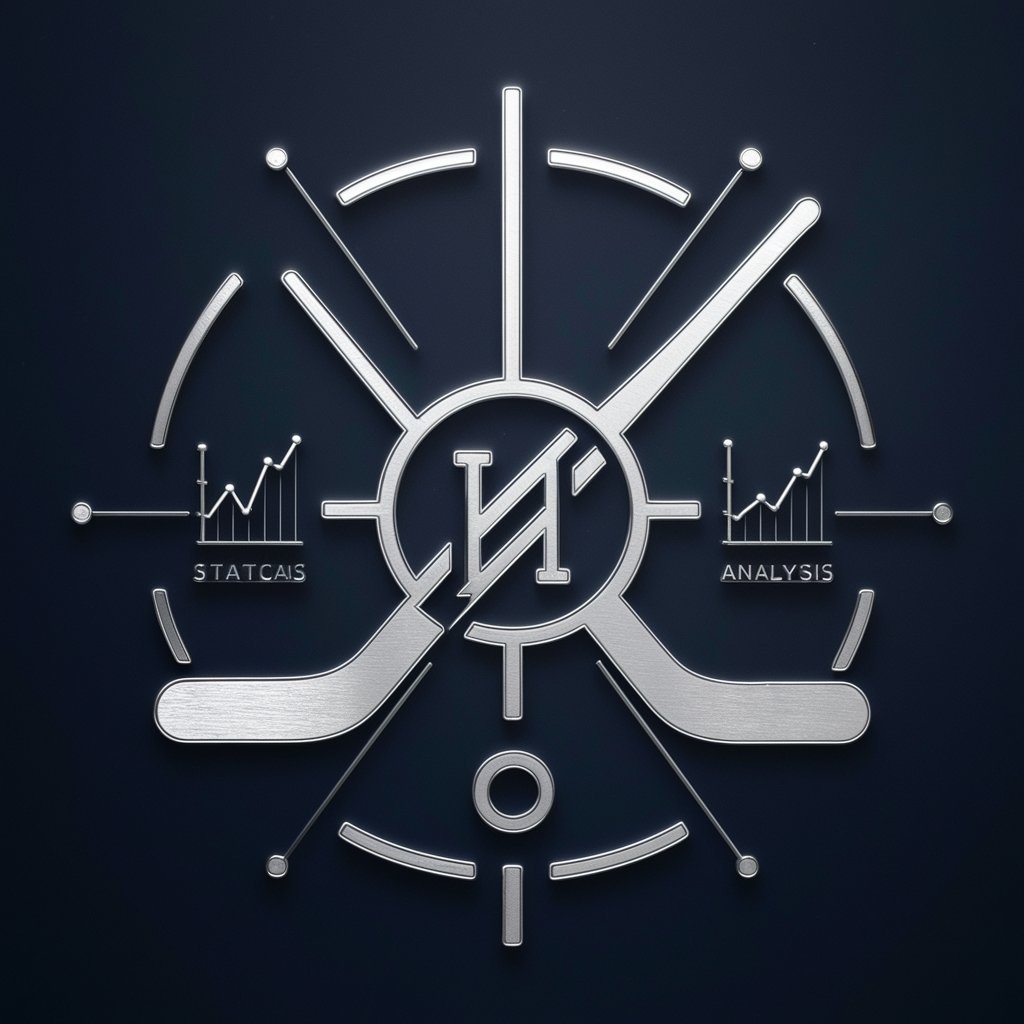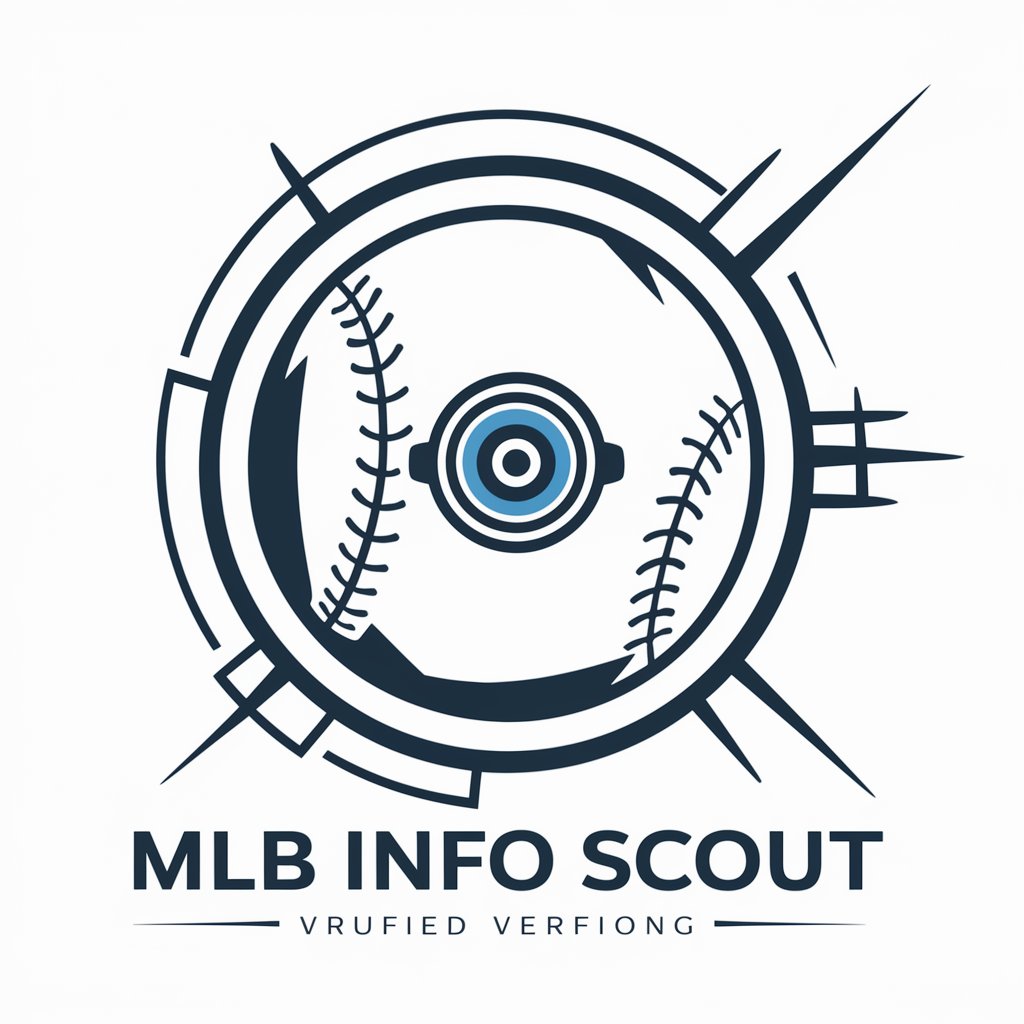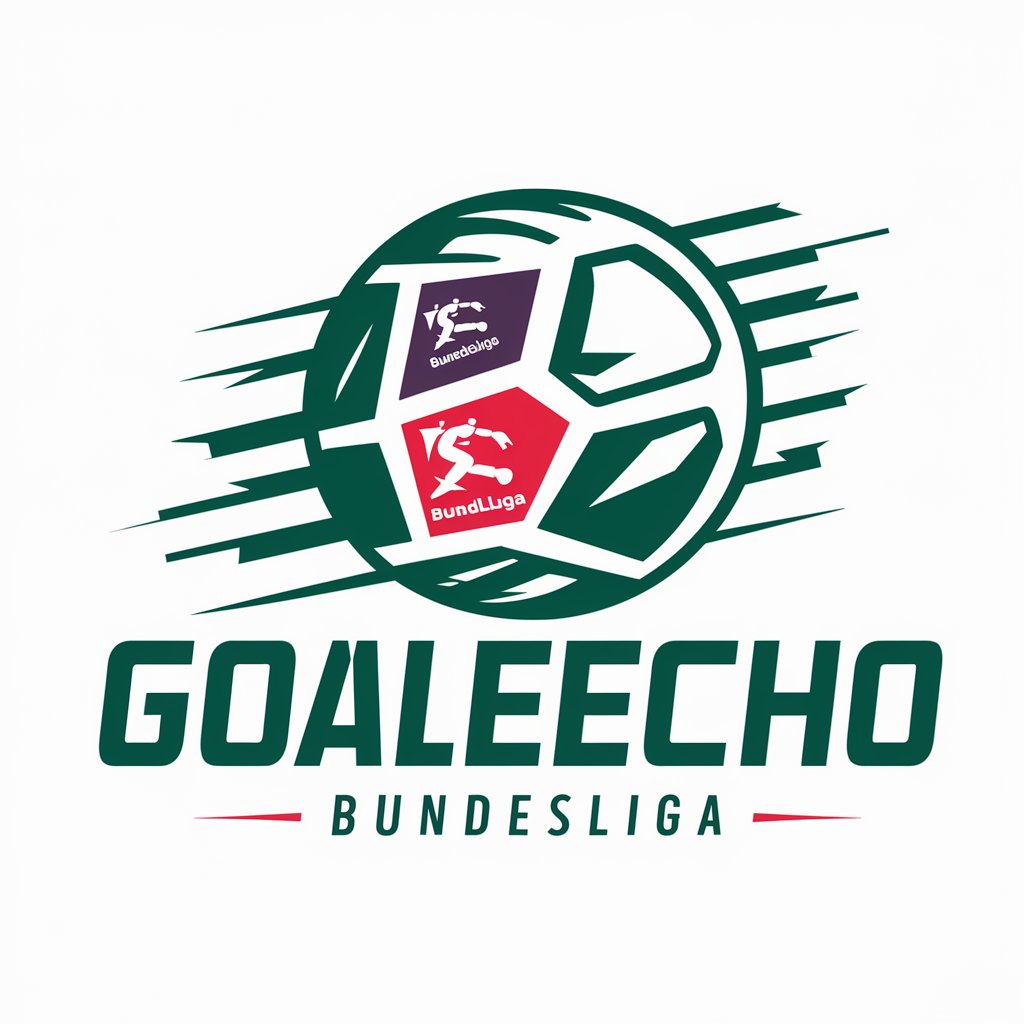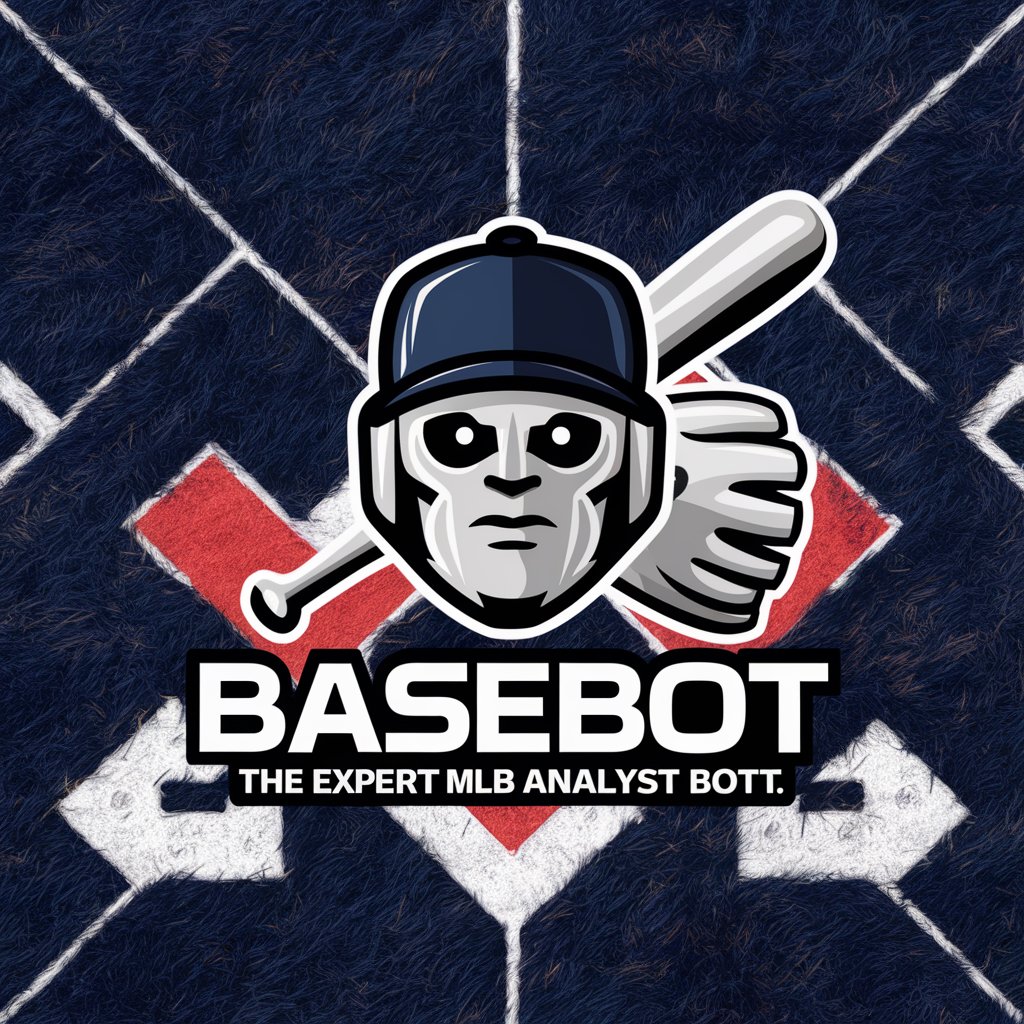5 GPTs for Team Standings Powered by AI for Free of 2025
AI GPTs for Team Standings are advanced AI models, specifically Generative Pre-trained Transformers, tailored for managing and interpreting team rankings and standings across various leagues and competitions. They excel in aggregating, analyzing, and presenting data relevant to team performances, historical statistics, and predictive insights. These tools are pivotal in sports analytics, gaming competitions, and any domain where team performance metrics are crucial. By leveraging GPTs, users can obtain customized updates, forecasts, and detailed analyses, enhancing the engagement and strategic planning of teams and their followers.
Top 5 GPTs for Team Standings are: Hockey Stats and Analysis Expert,MLB Now,GoalEcho Bundesliga,오늘의 MLB,BaseBot
Hockey Stats and Analysis Expert
AI-powered NHL Stats Deep Dive

MLB Now
Empowering MLB decisions with AI

GoalEcho Bundesliga
AI-powered football league insights.

오늘의 MLB
Your AI-powered MLB scout

BaseBot
Your AI-Powered MLB Analyst

Key Attributes and Functions
AI GPTs for Team Standings boast adaptability to cater to a broad range of complexities, from generating simple league standings to providing deep, analytical insights into team performances. Key features include real-time data processing, predictive analytics based on historical data, natural language processing for intuitive queries and responses, and integration capabilities with existing databases and APIs. These tools also offer language learning for multilingual support, technical troubleshooting, web-based research functionalities, and sophisticated data visualization techniques, setting them apart in the realm of sports and competition analytics.
Who Benefits from Team Standings AI
The primary beneficiaries of AI GPTs for Team Standings include sports analysts, league managers, team strategists, betting enthusiasts, and fans seeking in-depth knowledge of team performances. These tools are accessible to novices, providing straightforward insights without the need for programming knowledge, while also offering extensive customization and integration options for developers and technical users. This dual approach ensures that a wide audience can leverage these AI capabilities for varied purposes, from casual interest to professional analytics.
Try Our other AI GPTs tools for Free
Goalie Analysis
Unlock the potential of goalkeepers with AI GPTs for Goalie Analysis – your tool for advanced performance insights and personalized training strategies.
Historical Comparisons
Discover AI GPTs for Historical Comparisons: the ultimate tool for analyzing and understanding historical data with ease and precision. Tailored for researchers, educators, and history enthusiasts alike.
Real-time Stats
Discover AI GPT tools for Real-time Stats, tailored for instant data processing and analysis. Ideal for professionals in dynamic fields requiring quick decision-making.
Gut Analysis
Discover how AI GPTs for Gut Analysis revolutionize gut health understanding, offering personalized insights and predictive accuracy for better health outcomes.
Laboratory Report
Discover how AI GPTs for Laboratory Report transform scientific reporting with advanced analysis, interpretation, and generation capabilities, tailored for efficiency and accuracy.
Digital Planning
Discover how AI GPTs for Digital Planning revolutionize strategy formulation and execution with advanced AI capabilities, tailored for digital marketing professionals and developers alike.
Further Exploration of AI in Team Analytics
AI GPTs for Team Standings represent a significant advancement in sports and competition analytics, offering a blend of real-time data processing, predictive insights, and user-friendly interfaces. These tools not only simplify complex data analysis but also enable personalized and strategic explorations of team performances. Their integration capabilities mean they can easily become a part of existing workflows, enhancing the decision-making process with minimal disruption.
Frequently Asked Questions
What exactly are AI GPTs for Team Standings?
AI GPTs for Team Standings are specialized AI models designed to analyze, predict, and report on team standings and performances across different leagues and competitions.
How do these AI tools process real-time data?
They integrate with live data feeds and databases, applying machine learning algorithms to update standings, predict outcomes, and generate insights in real-time.
Can non-technical users easily interact with these AI tools?
Yes, these tools are designed with intuitive interfaces and natural language processing capabilities, making them accessible without requiring programming skills.
Are there customization options for developers?
Absolutely. Developers can access APIs, adjust algorithms, and integrate the tools with existing systems for enhanced functionality and tailored analytics.
Do these tools support multilingual queries?
Yes, with advanced language learning capabilities, they can understand and respond to queries in multiple languages, broadening their accessibility.
How can AI GPTs enhance sports analytics?
By providing detailed performance analytics, predictive insights, and historical data analysis, these tools offer a comprehensive view of team standings, aiding strategic decision-making.
Can these AI models predict future team performances?
Using historical data and machine learning algorithms, they can forecast future performances, though it's important to consider the probabilistic nature of such predictions.
How do these tools integrate with existing databases?
They can be connected via APIs or custom interfaces, allowing for seamless data exchange and ensuring that analyses are based on the latest available data.